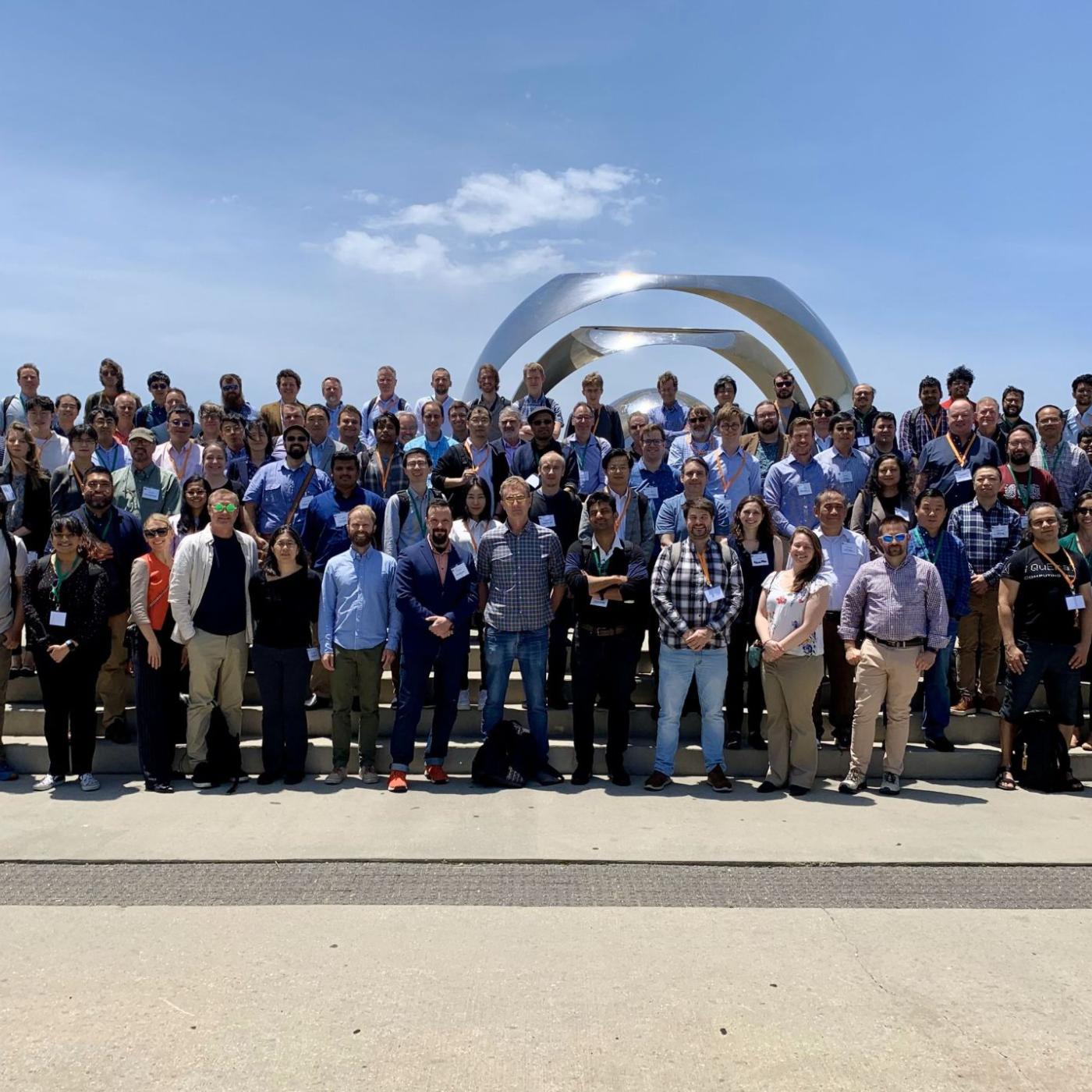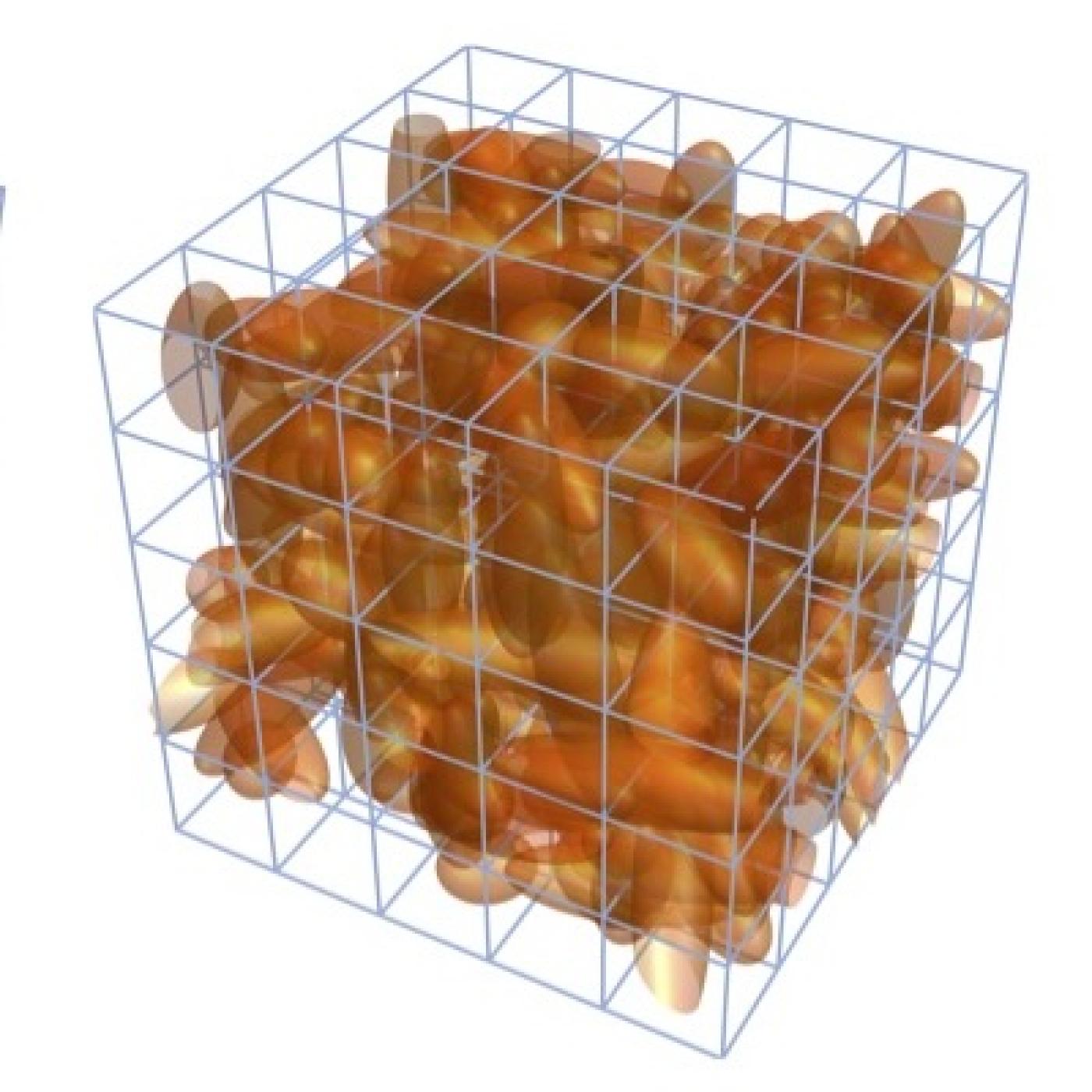
Filter News
Area of Research
- (-) Isotopes (6)
- Biological Systems (1)
- Biology and Environment (16)
- Computational Biology (2)
- Computational Engineering (1)
- Energy Science (6)
- Fusion and Fission (1)
- Materials (7)
- Materials for Computing (2)
- National Security (2)
- Neutron Science (14)
- Nuclear Science and Technology (2)
- Supercomputing (17)
Media Contacts
After retiring from Y-12, Scott Abston joined the Isotope Science and Engineering Directorate to support isotope production and work with his former manager. He now leads a team maintaining critical equipment for medical and space applications. Abston finds fulfillment in mentoring his team and is pleased with his decision to continue working.

Raina Setzer knows the work she does matters. That’s because she’s already seen it from the other side. Setzer, a radiochemical processing technician in Oak Ridge National Laboratory’s Isotope Processing and Manufacturing Division, joined the lab in June 2023.

Researchers at ORNL explored radium’s chemistry to advance cancer treatments using ionizing radiation.

As a medical isotope, thorium-228 has a lot of potential — and Oak Ridge National Laboratory produces a lot.

A rare isotope in high demand for treating cancer is now more available to pharmaceutical companies developing and testing new drugs.

When Sandra Davern looks to the future, she sees individualized isotopes sent into the body with a specific target: cancer cells.


